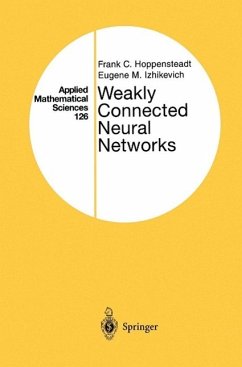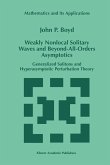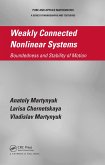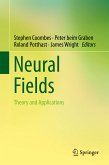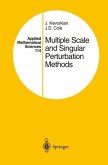Devoted to local and global analysis of weakly connected systems with applications to neurosciences, this book uses bifurcation theory and canonical models as the major tools of analysis. It presents a systematic and well motivated development of both weakly connected system theory and mathematical neuroscience, addressing bifurcations in neuron and brain dynamics, synaptic organisations of the brain, and the nature of neural codes. The authors present classical results together with the most recent developments in the field, making this a useful reference for researchers and graduate students in various branches of mathematical neuroscience.
Dieser Download kann aus rechtlichen Gründen nur mit Rechnungsadresse in A, B, BG, CY, CZ, D, DK, EW, E, FIN, F, GR, HR, H, IRL, I, LT, L, LR, M, NL, PL, P, R, S, SLO, SK ausgeliefert werden.

